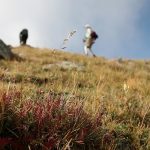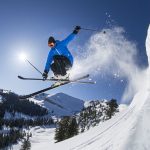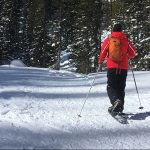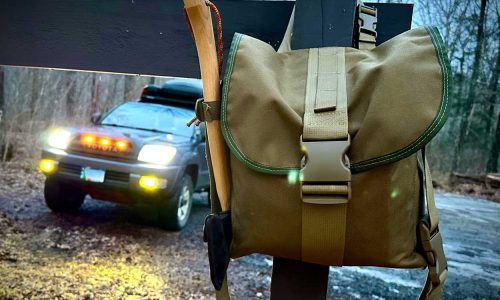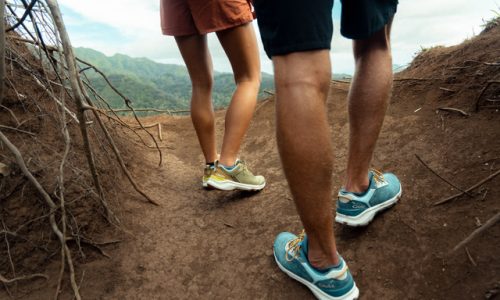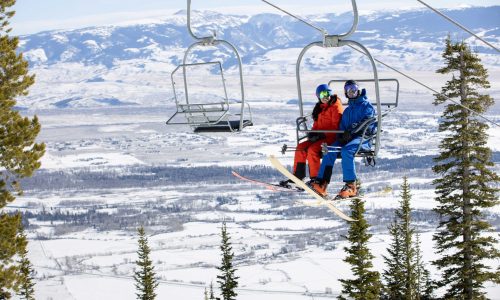Home » Gear Reviews » Hiking & Camping » Snowshoes » Atlas Endeavor
Atlas Endeavor Review
January 1, 2015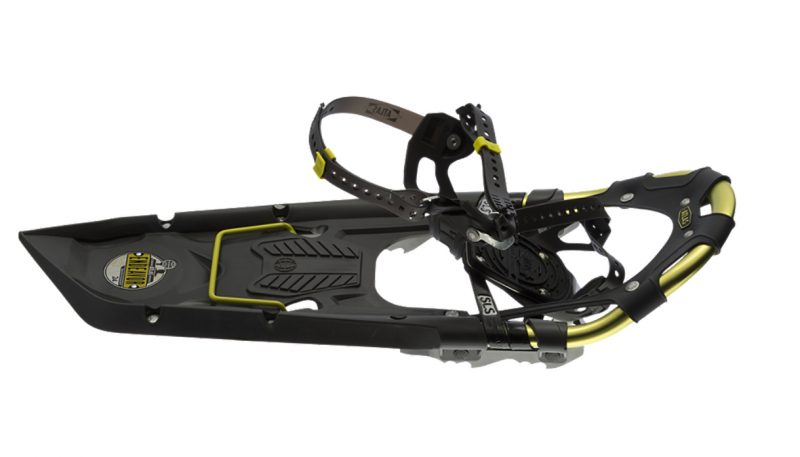





 84
84 The Good
- Good traction
- Excellent flotation
- Lighter weight than many others
- Supportive binding
- Multiple sizes available
The Bad
- Slight tendency for snowballing on toe crampons
- Heel elevator somewhat difficult to lift
- Noisy on crusty snow
The Atlas Endeavor blends the benefits of a traditional tubular-frame shoe with the aggressive traction and the weight-savings of a molded composite snowshoe, such as the Louis Garneau Black Everest shoes. The Endeavor’s aggressive traction—a combination of stainless steel crampons and serrated steel blades running the length of the shoe—lock onto slopes and icy surfaces, while the solid decks offer great flotation in soft conditions. The Atlas Endeavor lack the traction of the MSR Revo Ascent and they weight a bit more than the Tubbs RDG, but they offer one of the best combinations of those two features.
The Endeavor borrows from many tried-and-true snowshoes, coupling the best features of proven designs to create something new and remarkably effective.
Ease of Use
The Endeavors proved remarkably easy to strap on and use. The binding plate rests under the ball of the foot for easy positioning, and the binding locks on securely so trekking is easy on a variety of terrain. The biggest hiccup in use of the Endeavor came on steep ascents. The tension of teel heel elevator was quite tight, making lifting it a bit of a chore. The first few times, I had to pull off my gloves to get a finger under it to pry it up enough for it to spring into place. Over time, the plastic decking wore down enough—or the steel bar flexed enough—that I could lift the elevator with the point of pole for the first several days in the field, use was troublesome.
Binding Support/Effectiveness
The simple rubber strap and buckle-pin design has been used for more than a decade on a variety of snowshoes for good reason: It works. The simple three-strap binding locked on quickly, with minimal fuss. Even with bulky mittens, I was able to get a firm, secure fit on a variety of footwear, from slim day hiking boots to chunky pac-style boots.
Traversing, Ice, Technical Conditions
The lateral traction bars running from mid-foot to the tail of the Endeavor creates good side-hill traction. The forward-thrusting toe crampons give great traction on descents, while a trio of ribs under the heel—ribs that run perpendicular to those traction bars—offer decent grip on ascents. I did find some snowballing (accumulation of snow) on the crampons in some conditions—most notably, traveling in wet, heavy snow while the temperature was hovering in the high 20s (ºF)
Natural Stride
The simple, yet effective bindings kept the snowshoes tracking properly underfoot, even when traversing, and the tapered decks provide a comfortable stride width.
Powder
The rear molded plastic section of the decking provides exception flotation, while the steeply angled toe kick ensures you don’t hook the Endeavor’s toe into the snow. The Atlas Endeavors provided some of the best flotation of any of this year’s class of snowshoes.










